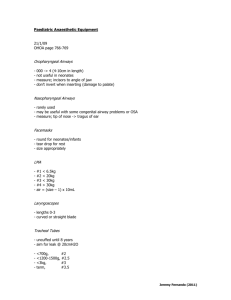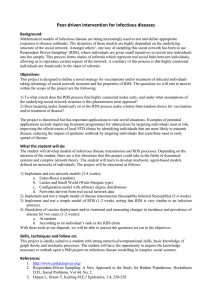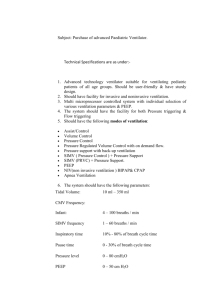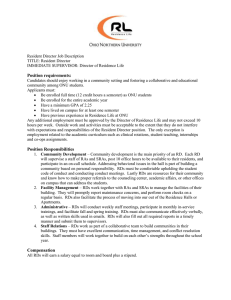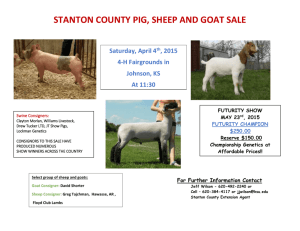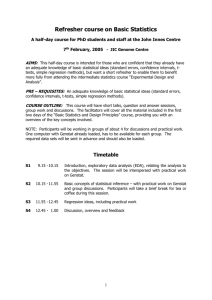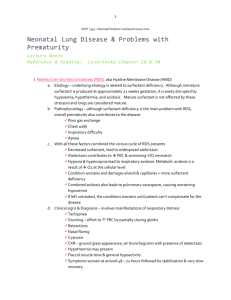Abstract in Microsoft Word Format
advertisement
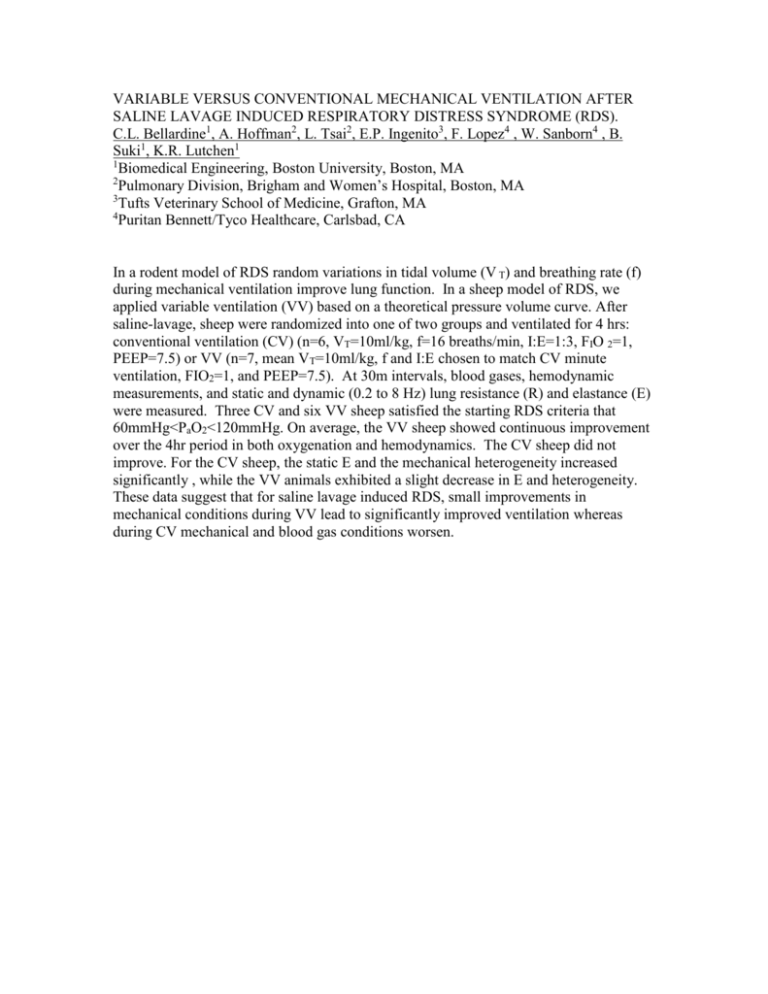
VARIABLE VERSUS CONVENTIONAL MECHANICAL VENTILATION AFTER SALINE LAVAGE INDUCED RESPIRATORY DISTRESS SYNDROME (RDS). C.L. Bellardine1, A. Hoffman2, L. Tsai2, E.P. Ingenito3, F. Lopez4 , W. Sanborn4 , B. Suki1, K.R. Lutchen1 1 Biomedical Engineering, Boston University, Boston, MA 2 Pulmonary Division, Brigham and Women’s Hospital, Boston, MA 3 Tufts Veterinary School of Medicine, Grafton, MA 4 Puritan Bennett/Tyco Healthcare, Carlsbad, CA In a rodent model of RDS random variations in tidal volume (V T) and breathing rate (f) during mechanical ventilation improve lung function. In a sheep model of RDS, we applied variable ventilation (VV) based on a theoretical pressure volume curve. After saline-lavage, sheep were randomized into one of two groups and ventilated for 4 hrs: conventional ventilation (CV) (n=6, VT=10ml/kg, f=16 breaths/min, I:E=1:3, FIO 2=1, PEEP=7.5) or VV (n=7, mean VT=10ml/kg, f and I:E chosen to match CV minute ventilation, FIO2=1, and PEEP=7.5). At 30m intervals, blood gases, hemodynamic measurements, and static and dynamic (0.2 to 8 Hz) lung resistance (R) and elastance (E) were measured. Three CV and six VV sheep satisfied the starting RDS criteria that 60mmHg<PaO2<120mmHg. On average, the VV sheep showed continuous improvement over the 4hr period in both oxygenation and hemodynamics. The CV sheep did not improve. For the CV sheep, the static E and the mechanical heterogeneity increased significantly , while the VV animals exhibited a slight decrease in E and heterogeneity. These data suggest that for saline lavage induced RDS, small improvements in mechanical conditions during VV lead to significantly improved ventilation whereas during CV mechanical and blood gas conditions worsen.



